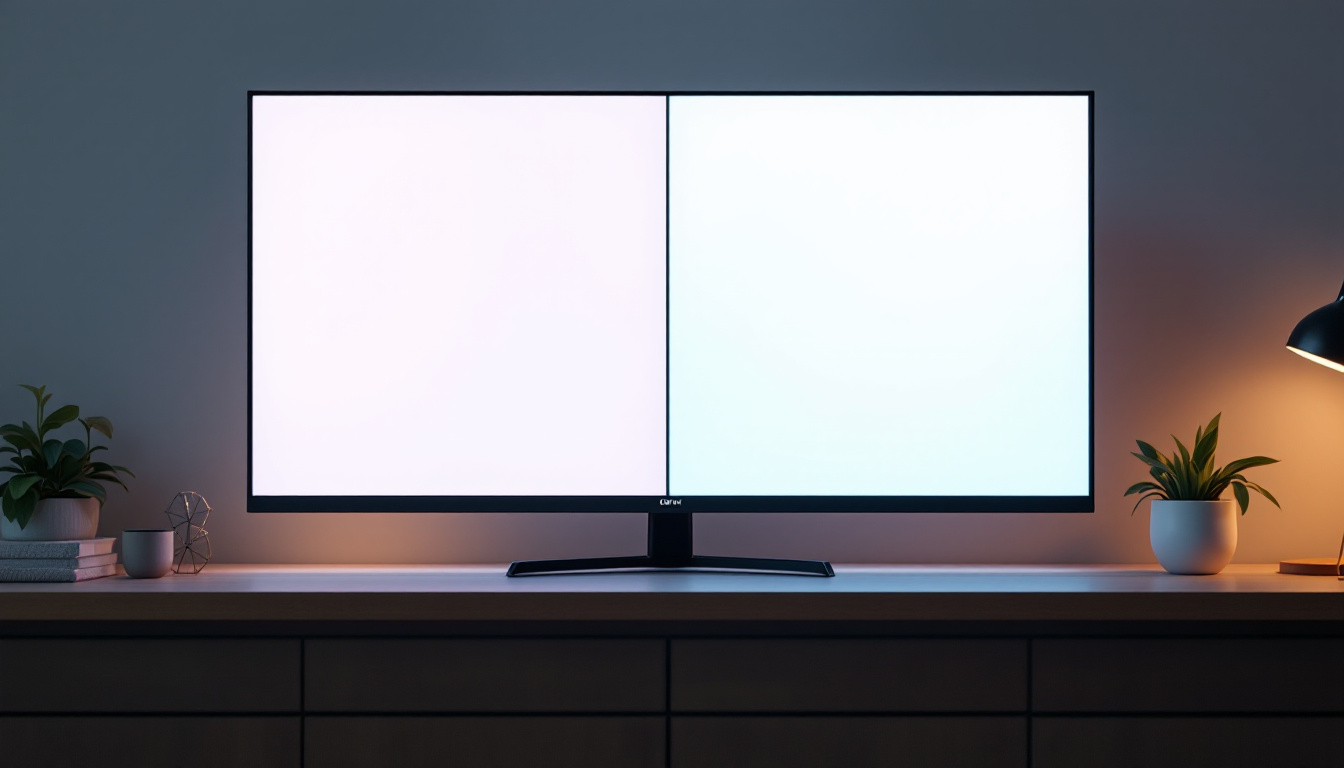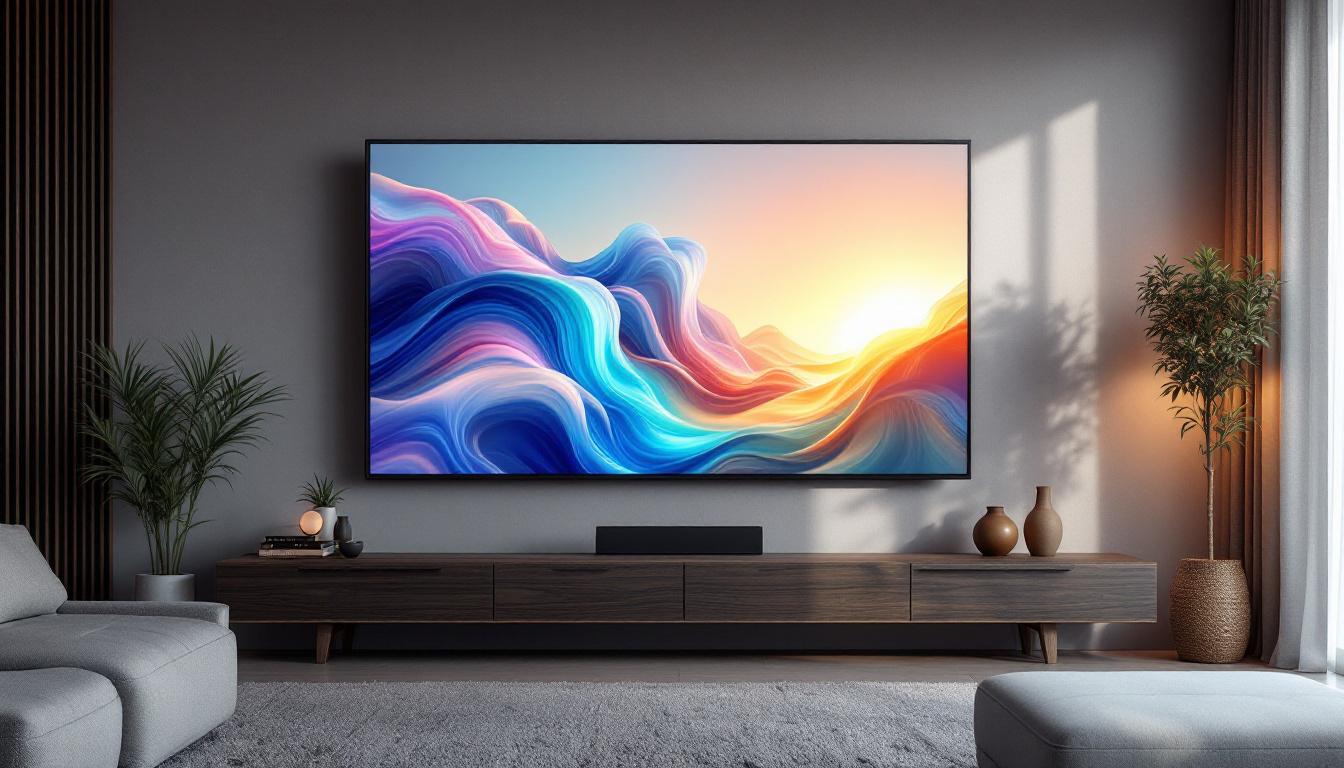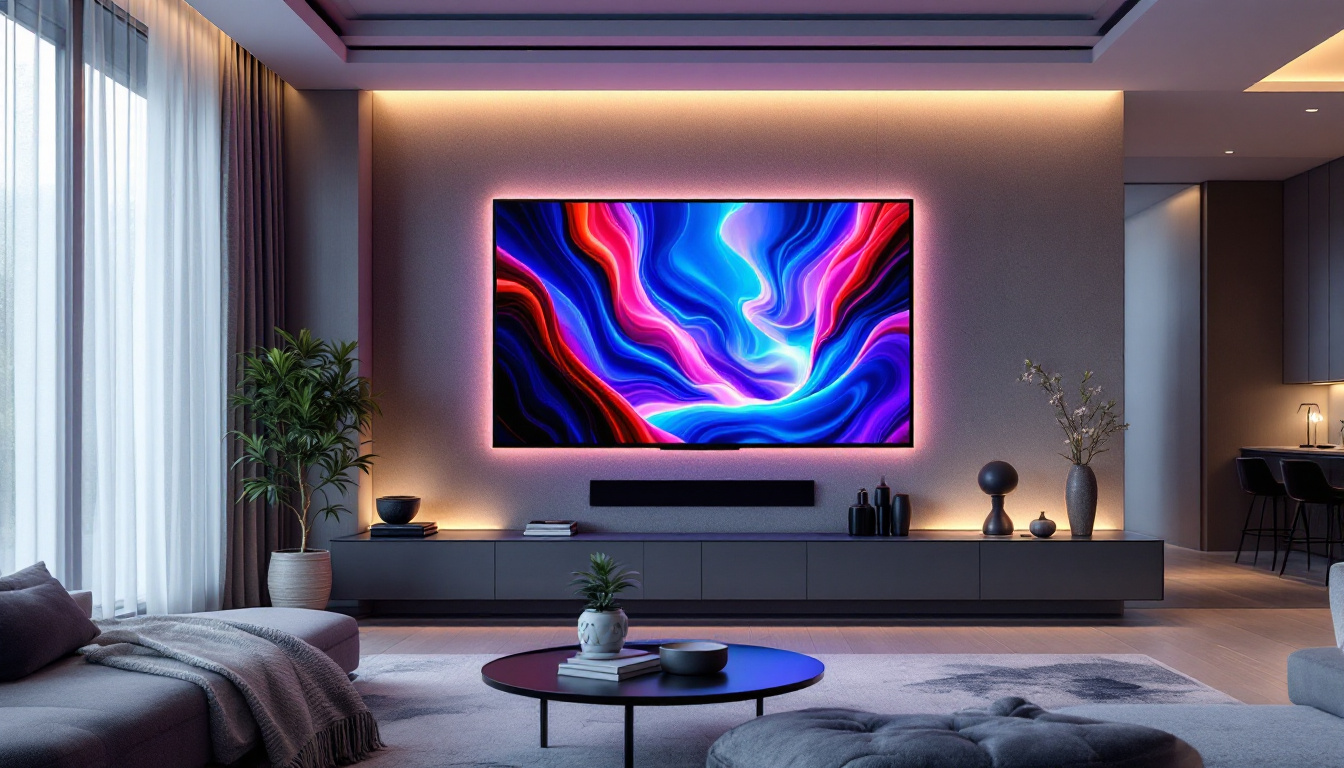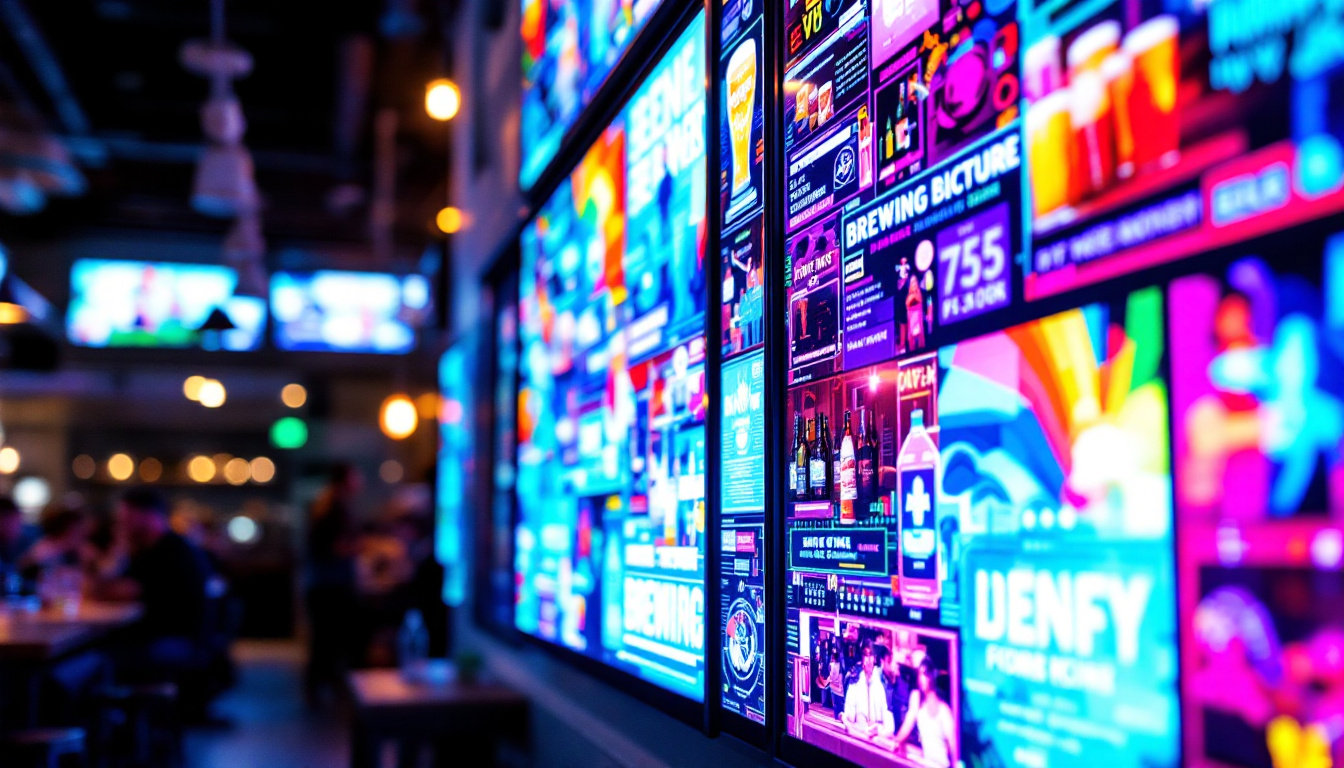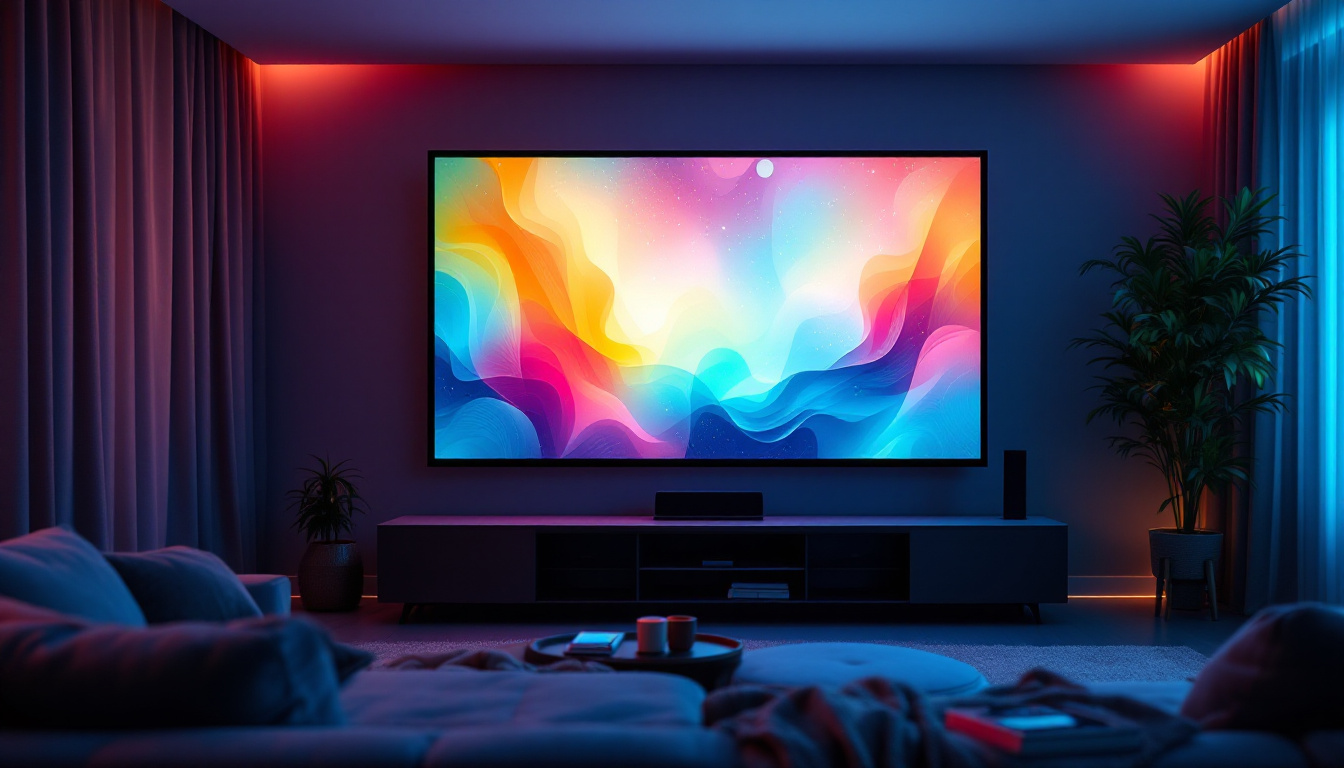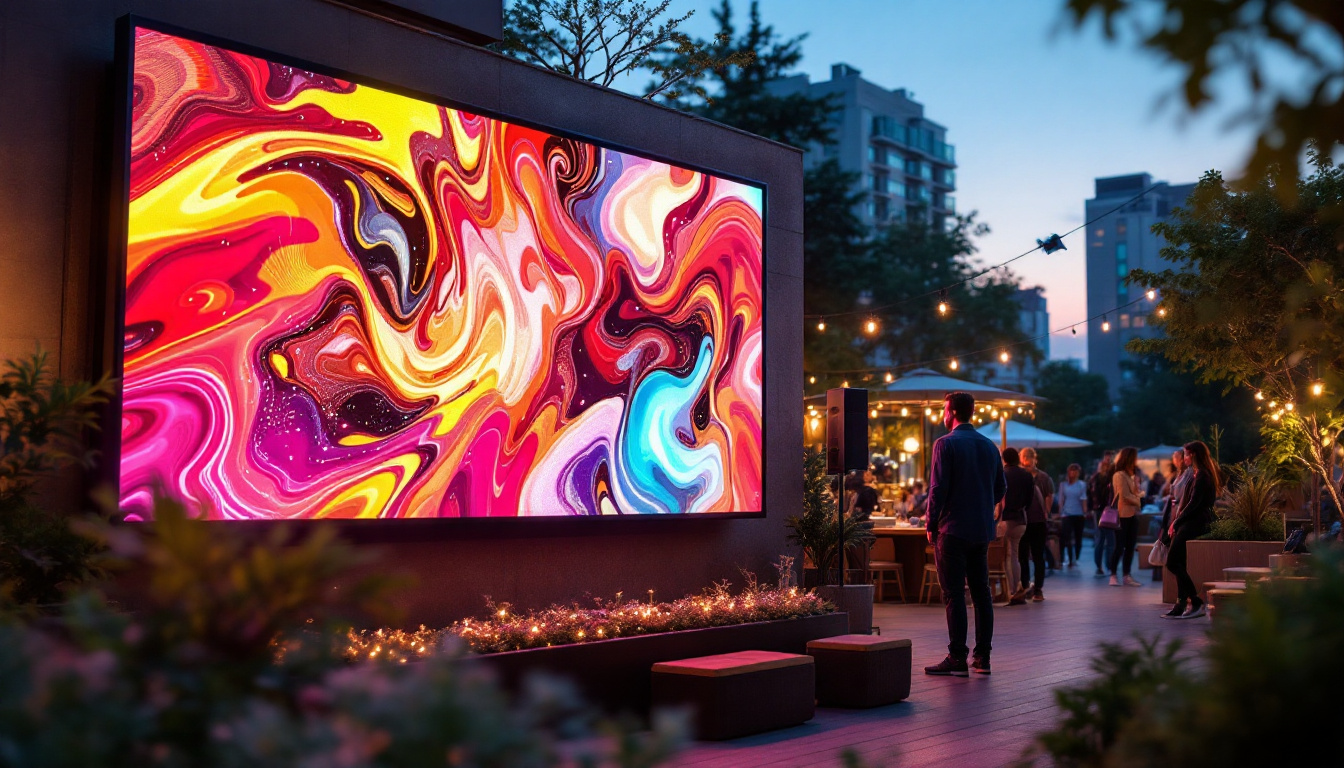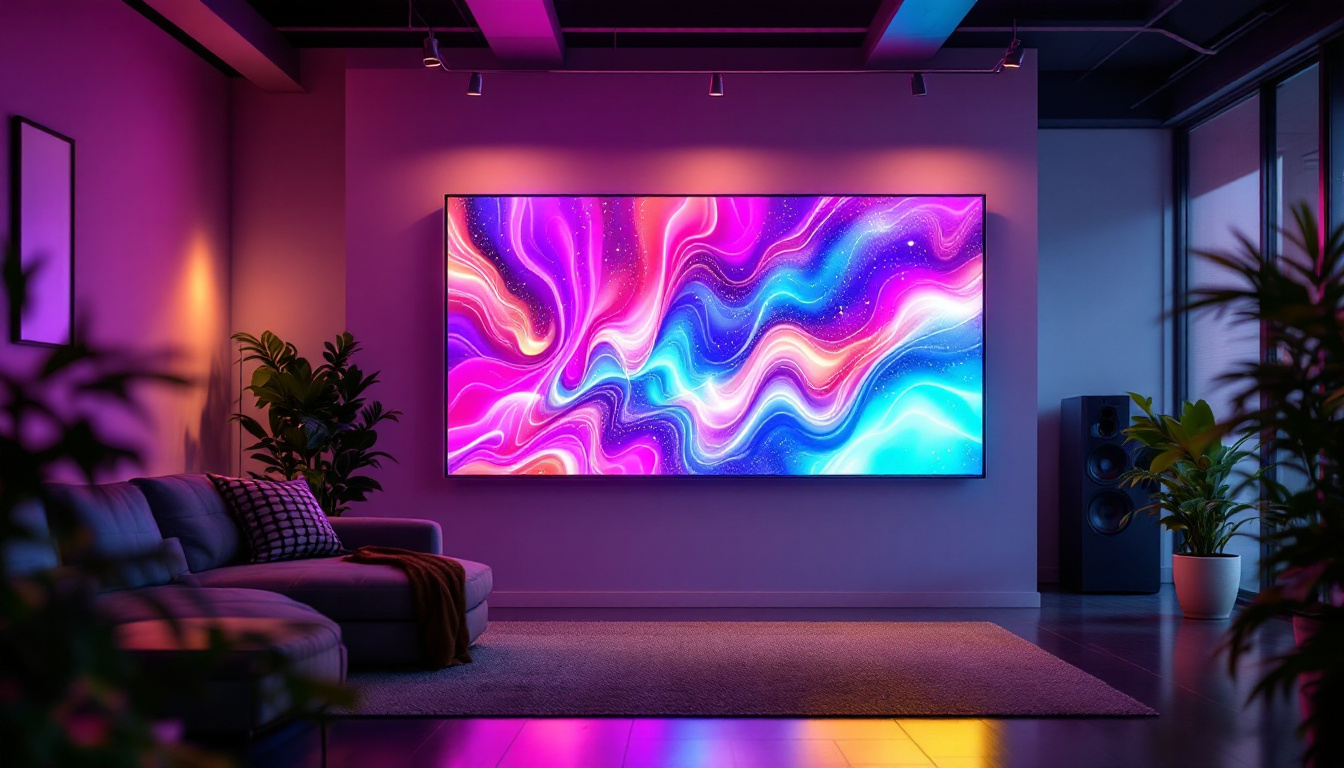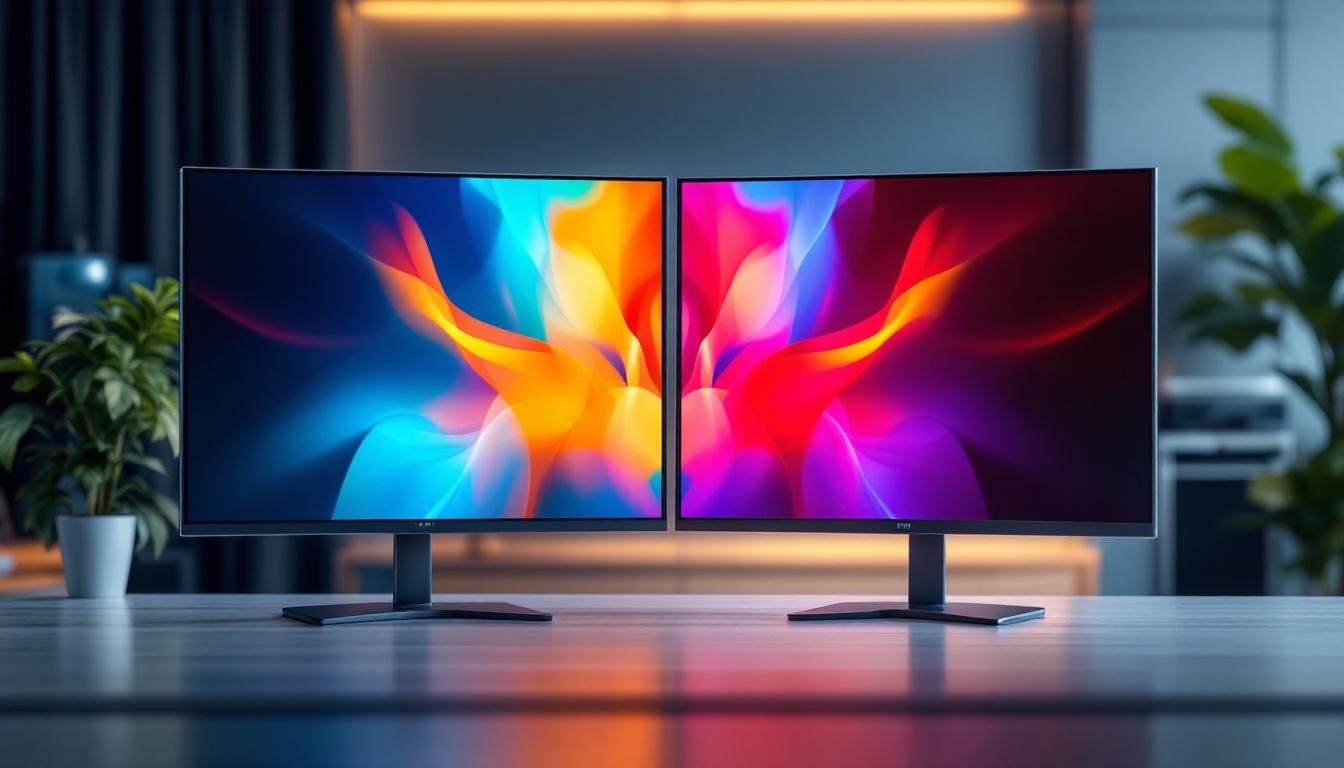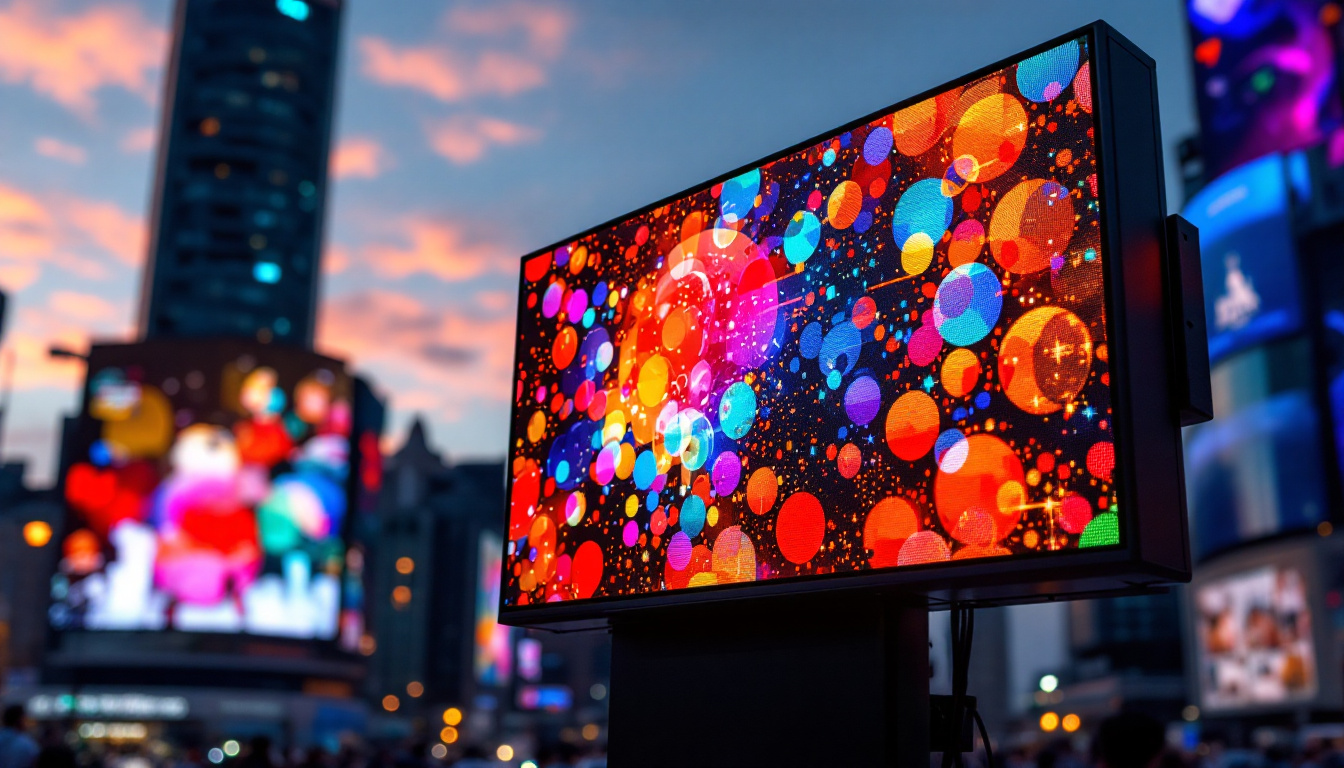LED Is Better Or LCD: LED Display Explained
In the world of display technology, the debate between LED and LCD has been a prominent topic for years. As consumers are constantly bombarded with options, understanding the differences between these two technologies is essential for making informed purchasing decisions. This article aims to provide a comprehensive overview of LED and LCD displays, exploring their functionalities, advantages, and disadvantages, while ultimately answering the question: Is LED better than LCD?
Understanding the Basics: What Are LED and LCD Displays?
Before diving into the comparison, it is crucial to understand what LED and LCD displays are. Both technologies are commonly used in televisions, computer monitors, and other display devices, but they operate differently.
What is LCD?
LCD, or Liquid Crystal Display, is a technology that utilizes liquid crystals sandwiched between two layers of glass or plastic. When an electric current passes through the liquid crystals, they align to allow varying degrees of light to pass through, creating images. LCD displays require a backlight, typically provided by fluorescent tubes or LEDs, to illuminate the screen. One of the primary advantages of LCD technology is its ability to produce sharp images with high resolution, making it ideal for applications where clarity is paramount, such as graphic design or gaming. Additionally, LCDs are generally thinner and lighter than older display technologies, which allows for more versatile designs in modern devices.
What is LED?
LED stands for Light Emitting Diode. In the context of displays, LED refers to a type of LCD that uses LEDs as its backlight instead of traditional fluorescent lights. This advancement allows for better brightness, contrast, and color accuracy. There are two main types of LED displays: edge-lit and full-array. Edge-lit LEDs place the diodes along the edges of the screen, while full-array LEDs distribute them evenly behind the display. The full-array technology often includes local dimming capabilities, which can significantly enhance the viewing experience by allowing certain areas of the screen to be darker while others remain bright, resulting in deeper blacks and more vibrant colors. Furthermore, LED displays are known for their energy efficiency, consuming less power than their LCD counterparts, which can lead to lower electricity bills and a reduced carbon footprint.
In addition to their visual advantages, LED displays have gained popularity due to their longevity and durability. Unlike traditional LCDs, which may suffer from issues like screen burn-in or limited lifespan, LED technology is less susceptible to these problems, making it a more reliable choice for both home and commercial use. Moreover, the advancements in LED technology have paved the way for innovative applications, such as flexible displays and ultra-thin screens, which are increasingly being integrated into smartphones, tablets, and even wearable devices. As technology continues to evolve, the distinction between LED and LCD may blur further, but understanding their foundational differences remains essential for consumers making informed choices in the ever-expanding world of display technology.
Comparing Performance: Brightness and Color Accuracy
When it comes to performance, brightness and color accuracy are two critical factors that can significantly impact the viewing experience. Both LED and LCD technologies have their strengths and weaknesses in these areas.
Brightness Levels
LED displays generally offer higher brightness levels compared to traditional LCDs. This is primarily due to the efficiency of LED backlighting, which can produce more lumens per watt than fluorescent backlights. As a result, LED displays are better suited for bright environments, making them a popular choice for outdoor use or well-lit rooms.
In contrast, standard LCDs may struggle in bright conditions, often appearing washed out. However, some high-end LCD models with advanced backlighting technology can compete with LED brightness, but they tend to be more expensive.
Color Accuracy and Range
Color accuracy is another area where LED displays excel. The use of LEDs allows for a wider color gamut, meaning they can produce more vibrant and diverse colors. This is particularly important for applications such as graphic design, photography, and video editing, where precise color representation is crucial.
On the other hand, standard LCDs may not achieve the same level of color fidelity, especially in lower-end models. However, advancements in LCD technology, such as the introduction of quantum dots, have improved color performance significantly, narrowing the gap between the two technologies.
Energy Efficiency: Which Is More Eco-Friendly?
Energy efficiency is a growing concern for consumers and manufacturers alike. As technology advances, the need for sustainable solutions becomes increasingly important. Both LED and LCD displays have their energy consumption characteristics, which can influence purchasing decisions.
Energy Consumption of LED Displays
LED displays are known for their energy efficiency. The use of LED backlighting allows these screens to consume less power than traditional LCDs, particularly when displaying darker images. This efficiency not only reduces electricity bills but also contributes to a smaller carbon footprint.
Energy Consumption of LCD Displays
While standard LCDs can consume more power due to their fluorescent backlighting, recent advancements have led to more energy-efficient models. Some manufacturers have developed LCDs that utilize energy-saving technologies, making them more competitive in terms of power consumption. Nevertheless, LED displays tend to maintain an edge in energy efficiency overall.
Longevity and Durability: Which Lasts Longer?
When investing in display technology, longevity and durability are essential factors to consider. Consumers want devices that will stand the test of time, both in terms of performance and physical integrity.
Longevity of LED Displays
LED displays typically have a longer lifespan compared to traditional LCDs. The average lifespan of an LED display can range from 50,000 to 100,000 hours, depending on the quality of the components used. This longevity is attributed to the durability of LED technology, which is less susceptible to burn-in and other common display issues.
Longevity of LCD Displays
Standard LCDs, while still relatively durable, may not last as long as their LED counterparts. The average lifespan of an LCD display is around 30,000 to 60,000 hours. Additionally, LCDs can be prone to issues such as screen burn-in, where static images can leave a permanent mark on the display over time.
Cost Considerations: Is LED Worth the Investment?
Cost is often a decisive factor when choosing between LED and LCD displays. Understanding the pricing dynamics can help consumers make informed choices that align with their budgets and needs.
Initial Costs of LED Displays
LED displays tend to have a higher initial cost compared to standard LCDs. The advanced technology and materials used in LED displays contribute to their higher price point. However, the long-term savings on energy bills and the extended lifespan can offset this initial investment.
Initial Costs of LCD Displays
Standard LCDs are generally more affordable, making them an attractive option for budget-conscious consumers. While they may not offer the same level of performance as LED displays, they can still provide satisfactory results for everyday use, such as browsing the internet or watching television.
Applications: Where Each Technology Shines
Understanding the applications of each display technology can help consumers choose the right option for their specific needs. Different environments and use cases can benefit from the unique characteristics of LED and LCD displays.
Best Uses for LED Displays
LED displays are ideal for environments where brightness and color accuracy are paramount. They are commonly used in professional settings such as graphic design studios, photography, and video editing, where precise color representation is essential. Additionally, LED displays are well-suited for outdoor signage and advertising due to their high brightness levels and visibility in direct sunlight.
Best Uses for LCD Displays
Standard LCDs can be an excellent choice for casual users who primarily engage in activities such as web browsing, streaming videos, or playing video games. They are often more affordable and can still deliver satisfactory performance for these tasks. Moreover, LCDs are frequently used in office environments where cost-effectiveness is a priority.
Future Trends: The Evolution of Display Technology
As technology continues to evolve, the landscape of display technology is changing rapidly. Emerging trends are shaping the future of both LED and LCD displays, leading to exciting innovations.
Advancements in LED Technology
Future advancements in LED technology are likely to focus on improving energy efficiency, color accuracy, and reducing production costs. Innovations such as microLED and miniLED are already making waves in the industry, offering enhanced performance and versatility. These new technologies may further blur the lines between LED and LCD, providing consumers with even more options.
Advancements in LCD Technology
LCD technology is also evolving, with manufacturers exploring new materials and techniques to enhance performance. Quantum dot technology, for instance, has significantly improved color accuracy and brightness in LCD displays. As research continues, the gap between LED and LCD may narrow, leading to more competitive offerings in the market.
Conclusion: Making the Right Choice for Your Needs
In conclusion, the choice between LED and LCD displays ultimately depends on individual needs and preferences. While LED displays generally offer superior brightness, color accuracy, and energy efficiency, standard LCDs can still provide satisfactory performance at a lower cost.
For consumers seeking high-end performance for professional applications, LED displays are often the better choice. However, for casual users or those on a budget, LCDs can still deliver a quality viewing experience. Understanding the strengths and weaknesses of each technology is crucial for making an informed decision that aligns with specific requirements and budget constraints.
As technology continues to advance, both LED and LCD displays will likely see improvements, further enhancing their capabilities. Keeping an eye on emerging trends will help consumers stay informed and make the best choices for their display needs.
Discover the Future of Visual Experience with LumenMatrix
Ready to elevate your visual experience with cutting-edge LED display technology? Look no further than LumenMatrix, a pioneer in the industry, committed to revolutionizing visual communication. Whether you’re in need of an Indoor LED Wall Display, a dynamic Outdoor LED Wall Display, or specialized solutions like Vehicle LED Displays and LED Sports Displays, LumenMatrix has you covered. Our mission is to enhance your brand visibility and captivate your audience with unparalleled clarity and impact. Don’t miss out on the opportunity to transform your space with our innovative LED display modules. Check out LumenMatrix LED Display Solutions today and step into the future of digital signage.

